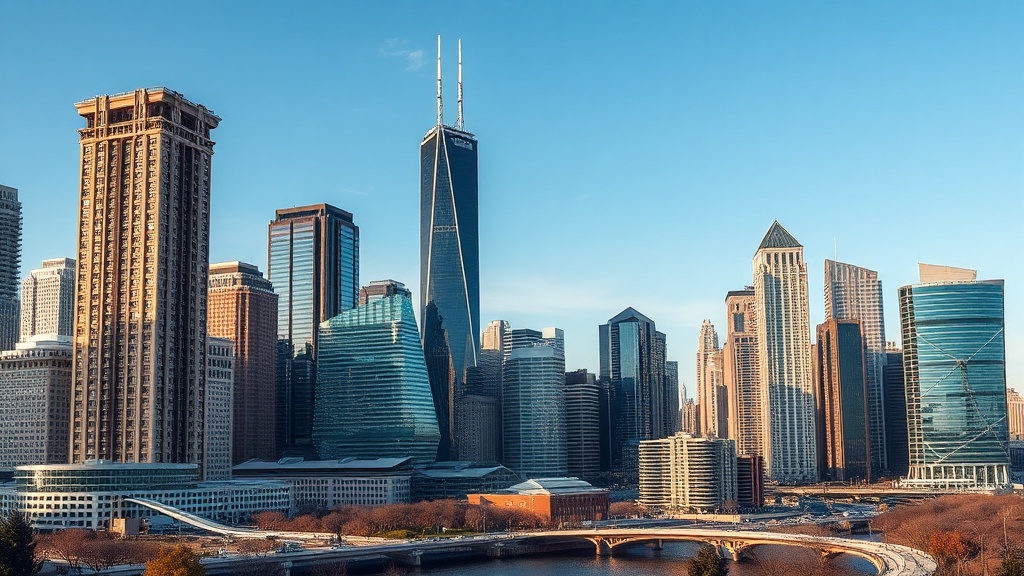Chicago’s riverfront has become one of the city’s most vibrant public spaces — a compact mix of architecture, dining, recreation, and urban greenery that’s easy to explore whether you’re a visitor or a local looking for a new weekend ritual. Here’s how to experience the Riverwalk and surrounding riverfront like someone who knows the city.
Why the river matters
The Chicago River slices through the downtown core and frames many of the city’s most iconic buildings. Strolling the riverfront offers close-up views of architectural landmarks, active boat traffic, and a changing skyline that reflects both historic preservation and contemporary design.
Top ways to experience the riverfront

– Walk the Riverwalk: Start at one end and move at a relaxed pace. The Riverwalk includes seating alcoves, public art, small parks, and pedestrian bridges that reveal different perspectives of the city. Early morning and late afternoon light are especially photogenic for photography.
– Take an architecture cruise: Guided boat tours are one of the most informative ways to learn about Chicago’s architectural history. Look for tours that focus on design and storytelling rather than just sightseeing.
– Rent a kayak or paddleboard: Several outfitters operate launch points along the river for non-motorized paddling. Paddling offers a quiet, up-close perspective and is surprisingly accessible for beginners.
– Try a food stop or riverside bar: The riverfront hosts a mix of casual kiosks and sit-down restaurants with outdoor seating. Opt for small bites at kiosks between stops or reserve a table at a riverside restaurant for a longer pause and skyline views.
– Explore side streets and bridges: The riverfront is punctuated by historic bridges and hidden alleys. Cross bridges to visit neighborhood cafes, galleries, and boutiques that sit just off the main path.
Practical tips
– Timing: Weekday early mornings are peaceful; evenings come alive with dining and people-watching. If you prefer fewer crowds, avoid peak midday on warm weekends.
– Transit and parking: The riverfront is well-served by public transit lines and is within walking distance of major downtown transit hubs. Parking lots exist but can fill quickly; using public transit, bike-share, or ride-hailing often saves time.
– Safety and comfort: The Riverwalk is generally safe and well-lit, but standard urban awareness is advisable. Wear comfortable shoes — sections include steps, cobbles, and boardwalk surfaces.
– Weather considerations: Wind off the lake can make the riverfront cooler than inland neighborhoods. Layering clothing is helpful for comfort during breezy days or nights.
Less-known highlights
– North and south extensions of the river reveal quieter stretches with fewer tourists and more local flavor. These areas are great for spotting public art, small parks, and pop-up markets.
– Look for rooftop bars and terraces that face the river: they offer elevated skyline views without leaving the downtown loop.
– Seasonal programming often brings live music, outdoor fitness classes, and family-friendly events to the riverfront; check neighborhood listings for what’s happening during your visit.
Why it’s worth a visit
The riverfront distills many things people love about the city: bold architecture, accessible outdoor space, and a neighborhood feel inside the urban core. Whether you build an afternoon around a guided tour, a paddling session, or a relaxed café crawl, the Riverwalk and adjacent riverfront offers a compact but richly varied way to experience Chicago’s character.
